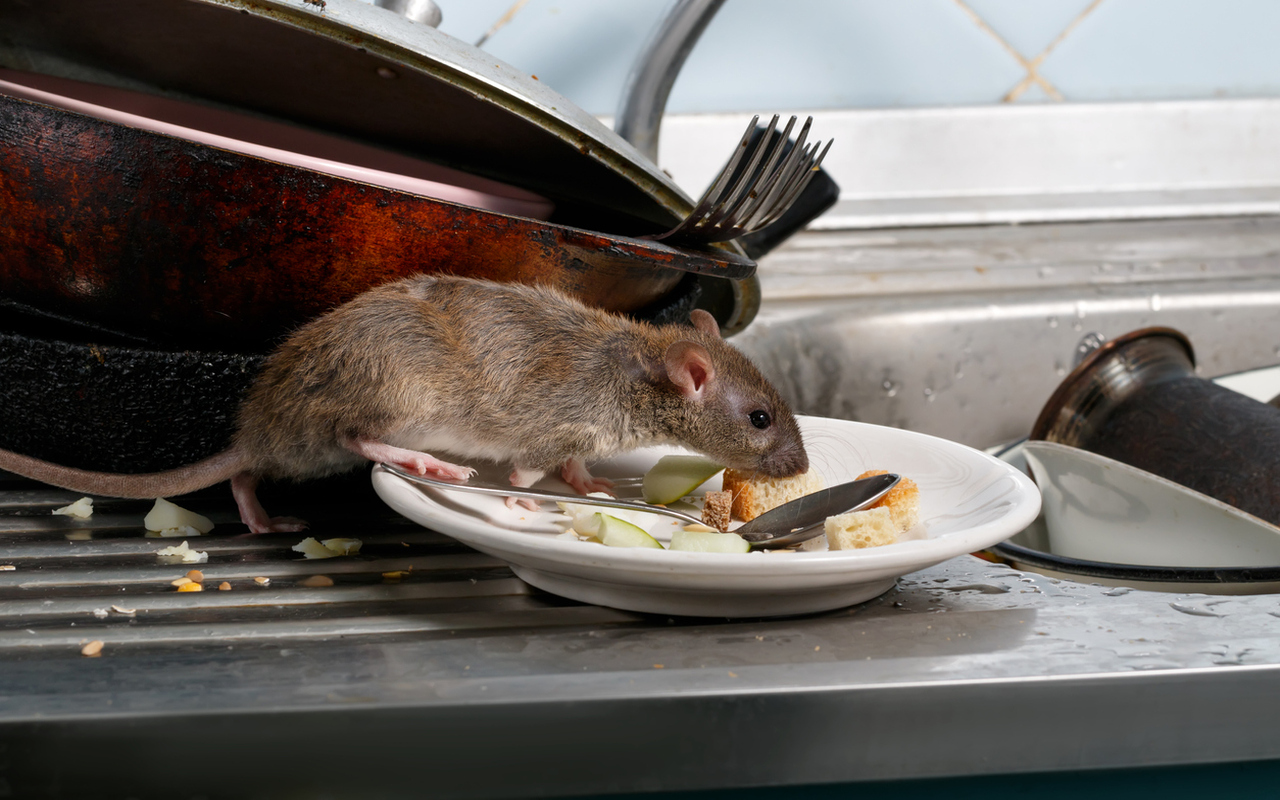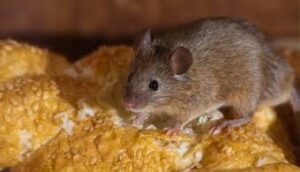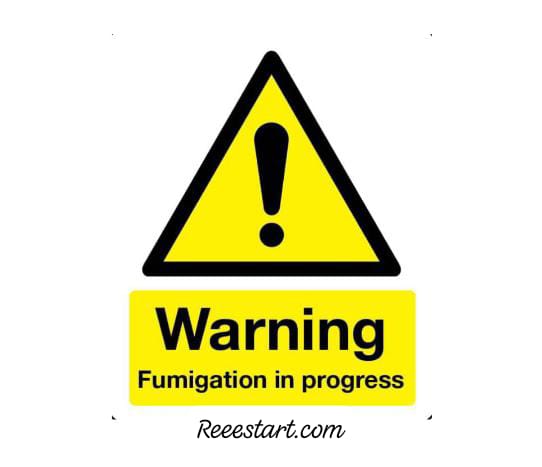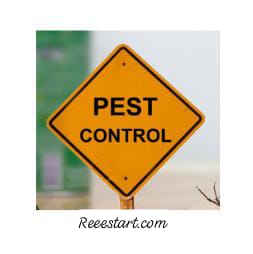Rodent control using toxic baits is a common method to manage infestations, but its effectiveness can be hindered by various factors. Neglect in providing baits at stations for extended periods, improper distribution, and failure to cover all areas simultaneously can lead to rodents moving to new locations. Additionally, the presence of preferred food sources and bait containing substances not favored by rodents can reduce the effectiveness of the control method. Placing baits in unsuitable locations, using expired baits, or allowing baits to decay from exposure to moisture or ant infestation can also contribute to unsuccessful rodent control efforts.

Comprehensive Guide to Successful Rodent Control Using Toxic Baits 2024/2025
Rodent control using toxic baits is a common method to manage infestations, It has some advantages and disadvantages
Rodent control using toxic baits
Rodent infestations can pose significant health and property concerns. While various control methods exist, toxic baits remain a common approach. Here, we will explore the use of toxic baits for professional pest management, outlining their advantages, disadvantages, and responsible application strategies.
Advantages of Toxic Baits
- Efficacy, When employed correctly, toxic baits offer a highly effective means to eliminate rodent populations.
- Palatability, Formulated with attractive scents and flavors, these baits readily entice rodents for efficient control.
- Delayed Action, Certain rodenticides work with a delayed effect, allowing them to consume a lethal dose without immediate aversion, maximizing the number of affected individuals.

Disadvantages of Toxic Baits
Rodents control using toxic baits can have some disadvantaged, such as:
- Non-Target Species Risk, Accidental ingestion by children, pets, or wildlife can be fatal. Mitigation strategies like tamper-resistant bait stations are crucial.
- Secondary Poisoning, Rodents may die in inaccessible locations, leading to unpleasant odors and potentially attracting scavengers who could become poisoned themselves.
- Rodent Resistance, Over time, rodents can develop tolerance to specific rodenticides, rendering them less effective.
- Environmental Considerations, Improper disposal of used bait or dead rodents can pose environmental hazards.

Alternatives and Integrated Pest Management
A comprehensive Integrated Pest Management (IPM) approach should be prioritized, This may include:
- Non-Toxic Monitoring Baits, These attractants confirm rodent activity before deploying toxic baits.
- Snap Traps, Effective for targeted elimination of small infestations, requiring regular monitoring and re-baiting.
- Exclusion Methods, Sealing entry points like cracks and holes prevents rodent intrusion in the first place, offering a valuable long-term solution.
In order to measure the success of Rodent control using toxic baits, it is essential to monitor bait consumption, track dead rodents near bait stations, and evaluate the numerical density of rodents using various baits and methods. Estimating rodent density through relative and absolute methods, such as assessing the number of burrows, extent of damage, and presence of feces, can provide valuable insights into the effectiveness of rodent control measures.
Mechanical Procedures
Mechanical procedures employed by pest control companies involve conducting site surveys, using wire traps to identify rodent types and densities, and developing treatment plans based on observations of parasite presence. Implementing these mechanical procedures in conjunction with toxic bait placement can enhance the overall effectiveness of rodent control efforts.
Safety Instructions
Additionally, safety instructions during rodent control activities are crucial to prevent disease transmission. Ventilating the area, wearing protective gear, disinfecting waste, and properly disposing of dead rodents are key safety measures to minimize health risks associated with rodent infestations.
By following these comprehensive guidelines and safety precautions, individuals and pest control professionals can improve the success rates of rodent control using toxic baits.



